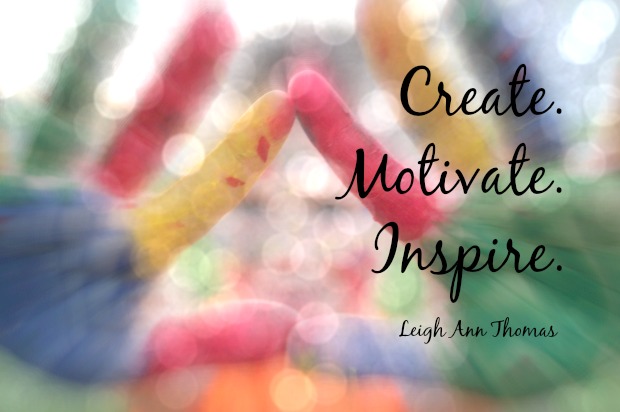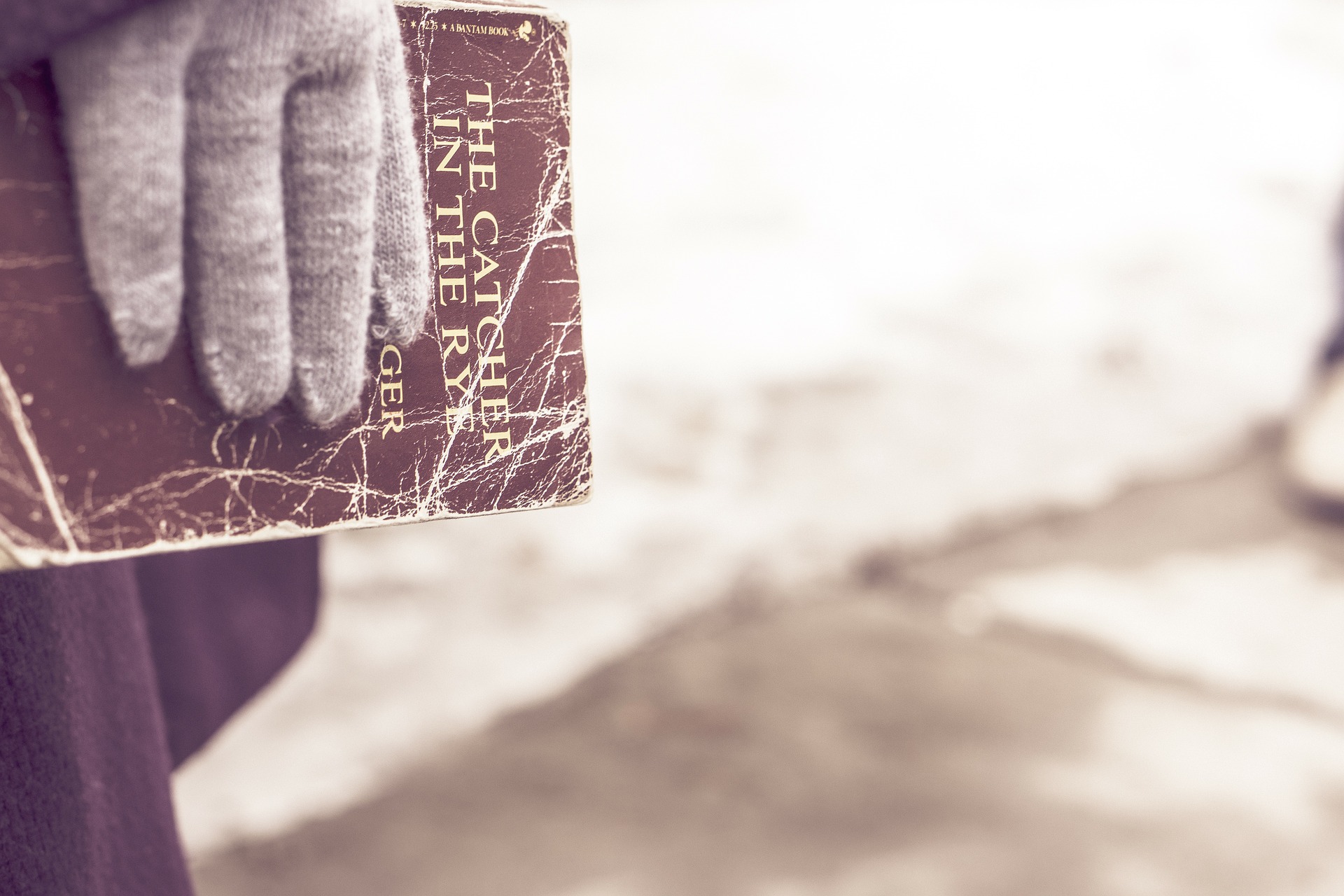
Kids Lit
Reading or Reading Aloud?
Libraries buy quality books for all ages in the children’s department and hope to match the book with the…
February 8, 2024
Libraries buy quality books for all ages in the children’s department and hope to match the book with the…
February 8, 2024
Have you ever picked up a book and after a few pages, put it down saying, “This isn’t…
October 14, 2017
Most days, writing brings us joy. Our brains stay on overdrive as we scribble ideas on scraps of paper,…
June 23, 2017
What is it about a story that makes it compelling? Is it the characters? Is it the plot? Is…
August 17, 2015
“Do you have a unique voice?” It’s one question agents and editors often ask writers during one-on-one interviews at…
July 28, 2015
One of the key ingredients you should look for when hiring an editor is a love of reading. I…
June 25, 2015